Serving 130 students in grades Kindergarten-12, Dynamic Minds Academy ranks in the bottom 50% of all schools in Indiana for overall test scores (math proficiency is bottom 50%, and reading proficiency is bottom 50%).
The percentage of students achieving proficiency in math is 11-19% (which is lower than the Indiana state average of 38%). The percentage of students achieving proficiency in reading/language arts is 20-29% (which is lower than the Indiana state average of 41%).
The student:teacher ratio of 12:1 is lower than the Indiana state level of 15:1.
Minority enrollment is 42% of the student body (majority Black), which is higher than the Indiana state average of 37% (majority Hispanic and Black).
Quick Stats (2025)
- School Type: Charter School
- Grades: Kindergarten-12
- Enrollment: 130 students
- Student:Teacher Ratio: 12:1
- Minority Enrollment: 42%
- Graduation Rate: <50% (Btm 50% in IN)
- Overall Testing Rank: Bottom 50%
- Math Proficiency: 11-19% (Btm 50%)
- Reading Proficiency: 20-29% (Btm 50%)
- Science Proficiency: <50% (Top 20%)
- Source: National Center for Education Statistics (NCES), IN Dept. of Education
Top Rankings
Dynamic Minds Academy ranks among the top 20% of public schools in Indiana for:
Category
Attribute
Science Proficiency
Community Size
Student Attention
School Overview
Dynamic Minds Academy's student population of 130 students has grown by 23% over five school years.
The teacher population of 11 teachers has declined by 21% over five school years.
School Type
Grades Offered
Grades Kindergarten-12
Total Students
130 students
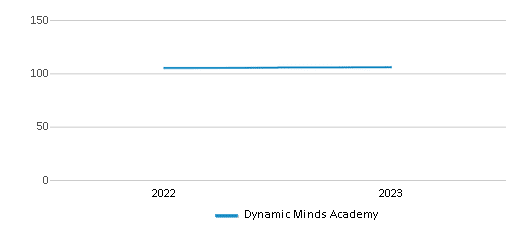
Gender %
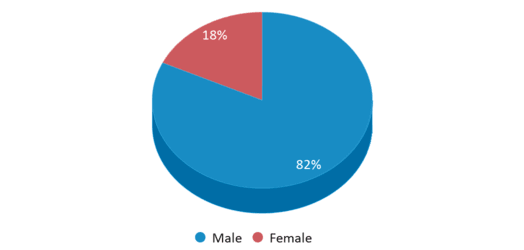
Total Classroom Teachers
11 teachers
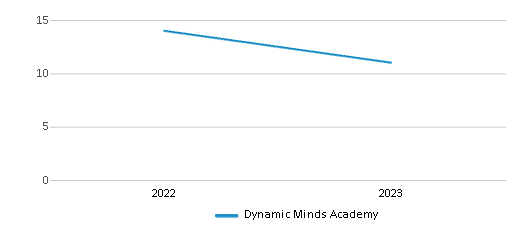
Students by Grade
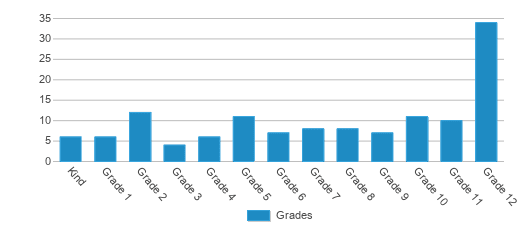
School Rankings
Dynamic Minds Academy ranks within the bottom 50% of all 1,763 schools in Indiana (based off of combined math and reading proficiency testing data).
The diversity score of Dynamic Minds Academy is 0.61, which is more than the diversity score at state average of 0.56. The school's diversity has stayed relatively flat over five school years.
Overall Testing Rank
#1508 out of 1763 schools
(Bottom 50%)
(Bottom 50%)
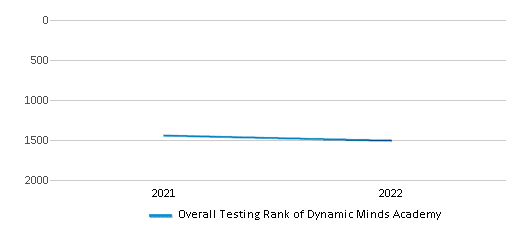
Math Test Scores (% Proficient)
11-19%
38%
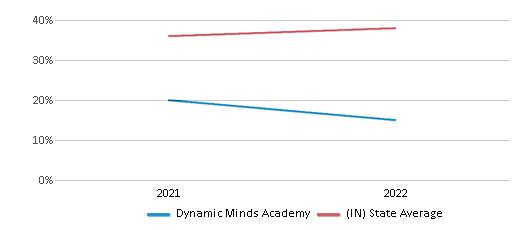
Reading/Language Arts Test Scores (% Proficient)
20-29%
41%
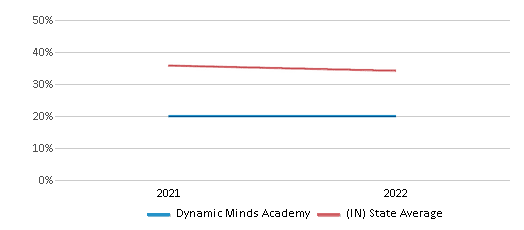
Science Test Scores (% Proficient)
<50%
34%
Student : Teacher Ratio
12:1
15:1
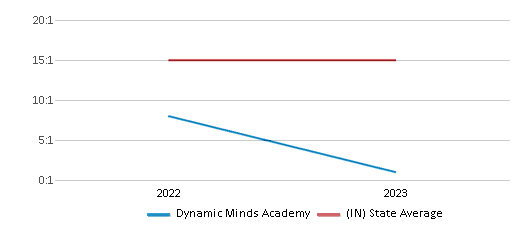
American Indian
n/a
n/a
Asian
1%
3%
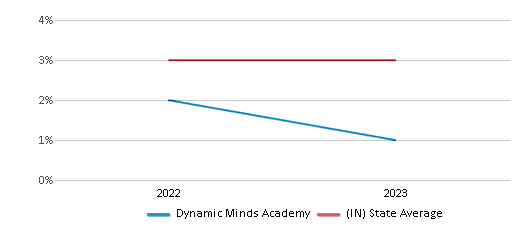
Hispanic
11%
15%
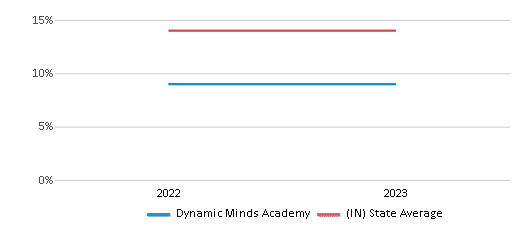
Black
19%
13%
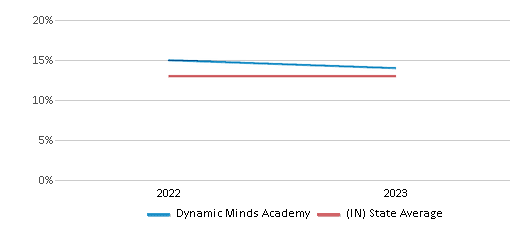
White
58%
63%
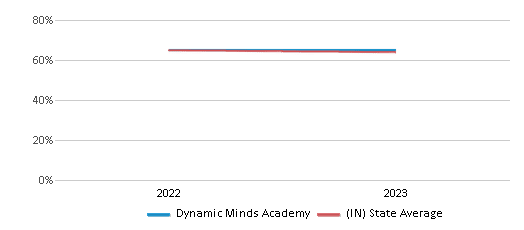
Hawaiian
n/a
n/a
Two or more races
11%
6%
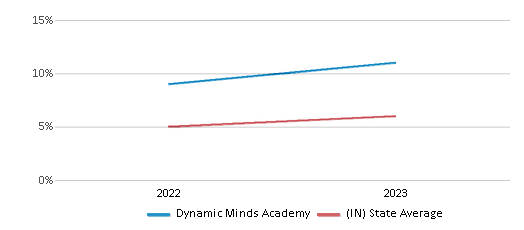
All Ethnic Groups
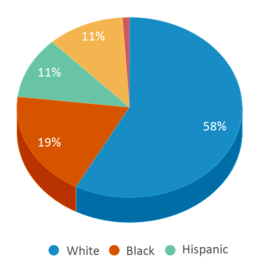
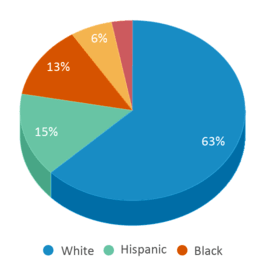
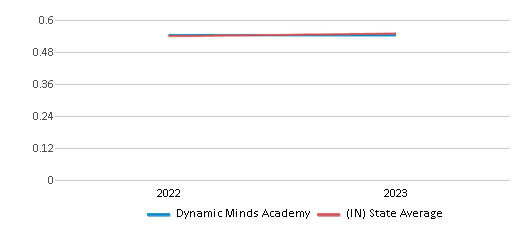
Graduation Rate
<50%
88%
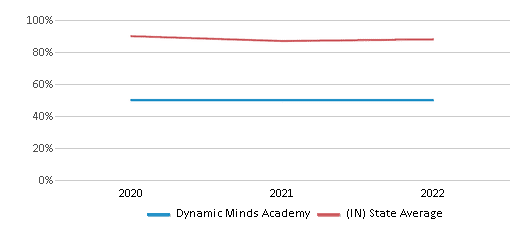
Eligible for Free Lunch
18%
43%
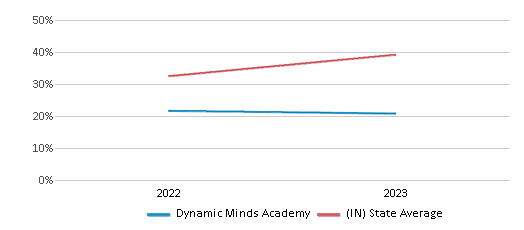
Eligible for Reduced Lunch
2%
6%
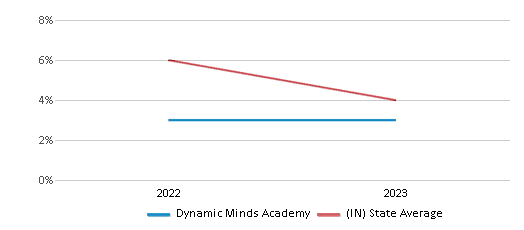
School Statewide Testing
School District Name
Source: National Center for Education Statistics (NCES), IN Dept. of Education
School Notes
- Dynamic Minds Academy is a not-for-profit 501(c)(3) entity that serves K-12 students on the autism spectrum. The DMA model is the first in Indiana to fully integrate modern therapeutic practice with accredited public education.
- DMA provides an innovative choice for parents of students with ASD who desire a 48-week academic year and access to a public school education that is efficiently and effectively integrated with modern therapeutic services for their children.
- While a school-based placement is appropriate for some students with autism, a therapy-based placement is appropriate for others and DMA takes the guess-work out of the equation, as parents no longer have to choose between behaviorally-appropriate therapies and public education. Dynamic Minds Academy is designed in partnership with a co-locating therapy provider to offer students with ASD evidence-based practices for personal growth within an optimal learning environment.
Profile last updated: 02/09/2025
Frequently Asked Questions
What is Dynamic Minds Academy's ranking?
Dynamic Minds Academy is ranked #1508 out of 1,763 schools, which ranks it among the bottom 50% of public schools in Indiana.
What percent of students have achieved state testing proficiency in math and reading?
11-19% of students have achieved math proficiency (compared to the 38% IN state average), while 20-29% of students have achieved reading proficiency (compared to the 41% IN state average).
What is the graduation rate of Dynamic Minds Academy?
The graduation rate of Dynamic Minds Academy is 50%, which is lower than the Indiana state average of 88%.
How many students attend Dynamic Minds Academy?
130 students attend Dynamic Minds Academy.
What is the racial composition of the student body?
58% of Dynamic Minds Academy students are White, 19% of students are Black, 11% of students are Hispanic, 11% of students are Two or more races, and 1% of students are Asian.
What is the student:teacher ratio of Dynamic Minds Academy?
Dynamic Minds Academy has a student ration of 12:1, which is lower than the Indiana state average of 15:1.
What grades does Dynamic Minds Academy offer ?
Dynamic Minds Academy offers enrollment in grades Kindergarten-12
What school district is Dynamic Minds Academy part of?
Dynamic Minds Academy is part of Dynamic Minds Academy School District.
In what neighborhood is Dynamic Minds Academy located?
Dynamic Minds Academy is located in the Castleton neighborhood of Indianapolis, IN.
School Reviews
5 11/8/2021
My son is in 10th grade at DMA And he absolutely LOVES his teachers. They are amazing and connect with him right where he''s at. They bring out the best possible learning experience he could have. I am beyond grateful for the consistency of a year-round school and the special combo of therapy and education! It''s changed our family''s life!
5 10/6/2021
My son has been attending THS/DMA since 6th grade (he is in 10th grade now). THS/DMA has given my son the chance to be educated in a manner to benefit him. We have been thrilled with all the systems that DMA has put in place for our son and the opportunities they have given us. We highly recommend them!
Review Dynamic Minds Academy. Reviews should be a few sentences in length. Please include any comments on:
- Quality of academic programs, teachers, and facilities
- Availability of music, art, sports and other extracurricular activities
Recent Articles

What Is A Charter School?
Explore the world of charter schools in this comprehensive guide. Learn about their history, how they operate, and the pros and cons of this educational innovation. Discover key facts about charter schools, including admission policies, demographics, and funding, as well as what to look for when considering a charter school for your child.

10 Reasons Why High School Sports Benefit Students
Discover the 10 compelling reasons why high school sports are beneficial for students. This comprehensive article explores how athletics enhance academic performance, foster personal growth, and develop crucial life skills. From improved fitness and time management to leadership development and community representation, learn why participating in high school sports can be a game-changer for students' overall success and well-being.

February 05, 2025
Understanding the U.S. Department of Education: Structure, Impact, and EvolutionWe explore how the Department of Education shapes American education, from its cabinet-level leadership to its impact on millions of students, written for general audiences seeking clarity on this vital institution.





